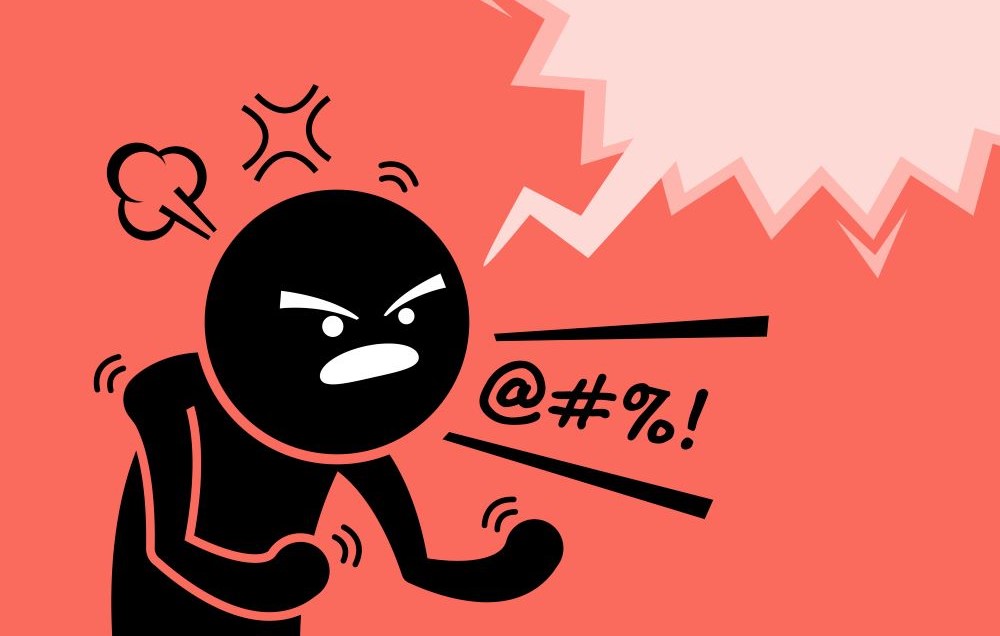The use of de-escalation strategies has proven time and time again to be one of the most effective ways to keep the peace and prevent dangerous situations on campus from intensifying to the point where people are in harm’s way.
De-escalation is defined as intervening to help an agitated person become calmer. De-escalation is a process with three key strategies: Help, Prompt, and Wait. These strategies can be used to help a person go from crisis to calm, thereby maintaining order and mitigating the risk of harm to self or others.
Help
“Help” is a de-escalation strategy that can be used by security, law enforcement, or other campus staff members that focuses on encouraging the person who is agitated to communicate what they need or want, instead of engaging in challenging behavior. This strategy involves encouraging the person in distress to make a specific request, such as “I want water.”
The person could also be presented by the officer or other campus employee with two or three acceptable choices, with them selecting from the options provided. This enables them to feel in control while at the same time keeping them within certain limitations and parameters based on the choices provided.
Another way to use the help strategy involves asking the person an open-ended question such as “How can I help you?” All these options have the person use some type of communication to express a need or want. The help strategy is best used when the person is trying to access or avoid a person, place, or thing.
The exception to this would be if the person wants something that is unavailable. If the person wants something unavailable, that is when the prompt or wait strategies would be used instead. The reasons for this are that people are generally unable to communicate effectively when they are extremely agitated. At that point, the person is unlikely to ask for something that is available. If the person does insist on something that we can’t provide, we might offer available alternatives that address some component of what they are asking for.
Prompt
While the help strategy is about communication, the prompt strategy is about giving the person simple, clear instructions that are focused on gaining cooperation. When interacting with someone who is very upset, begin with requests that the person is most likely to cooperate with.
Even something simple like looking at you, walking with you, answering a very simple question, or sitting down is a great thing to ask for. When you can, think of a request to do something that’s incompatible with the person’s agitated behavior. For example, if the person is pacing back and forth, then if they walk with you somewhere, they are no longer pacing.
Prompts can be given verbally or nonverbally, with gestures, signs or in writing. The prompt strategy is the ideal place to start if the person is likely to follow directions, or if the help strategy has not been successful, or caused the person to become more agitated.
Wait
If the individual cannot communicate their needs and is not likely to follow prompts, then the wait strategy should be used. You can think of wait as an acronym that stands for “Why Am I Talking?” During the wait strategy, staff and others should not talk with, touch or even look at the agitated individual.
This strategy is often more successful if the room or area is cleared, and the person is moved to a less stimulating location. While using the wait strategy, dangerous objects and substances should be removed from the area and the individual’s safety should be monitored closely. Wait is a solid strategy to use when the person would benefit from being given time and space to de-escalate on their own, if nothing else is working, or if the prompt and help strategies have made the person more agitated.
The wait strategy is a productive alternative when the help and prompt strategies have been unsuccessful, however, at some point when the individual has shown signs of de-escalation, then an attempt should be made to switch back to using either the help or prompt strategies to bring the incident to a safe conclusion.
Be Flexible When Using These 3 De-Escalation Techniques
The better you know the agitated individual, the better you can make the use of all three de-escalation strategies and give you a better idea of when to use one strategy versus another. Help, prompt, and wait can all be effective and should be used in a fluent manner, switching from one strategy to the next in response to the agitated individual’s behavior. There is no sequence and the first strategy deployed should be the one deemed most effective in that specific moment.
De-escalation has been successfully used on campuses across the country to avoid harm or injury to others, keep enforcement staff safe and protect students and staff.
David Rourke, M.S. is director of training for QBS, and provider of evidence-based behavior strategies and de-escalation training.







